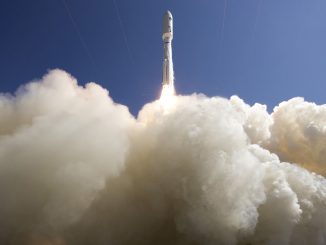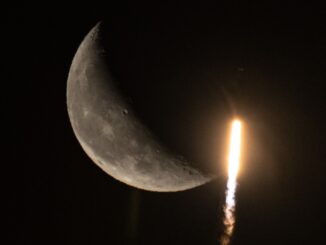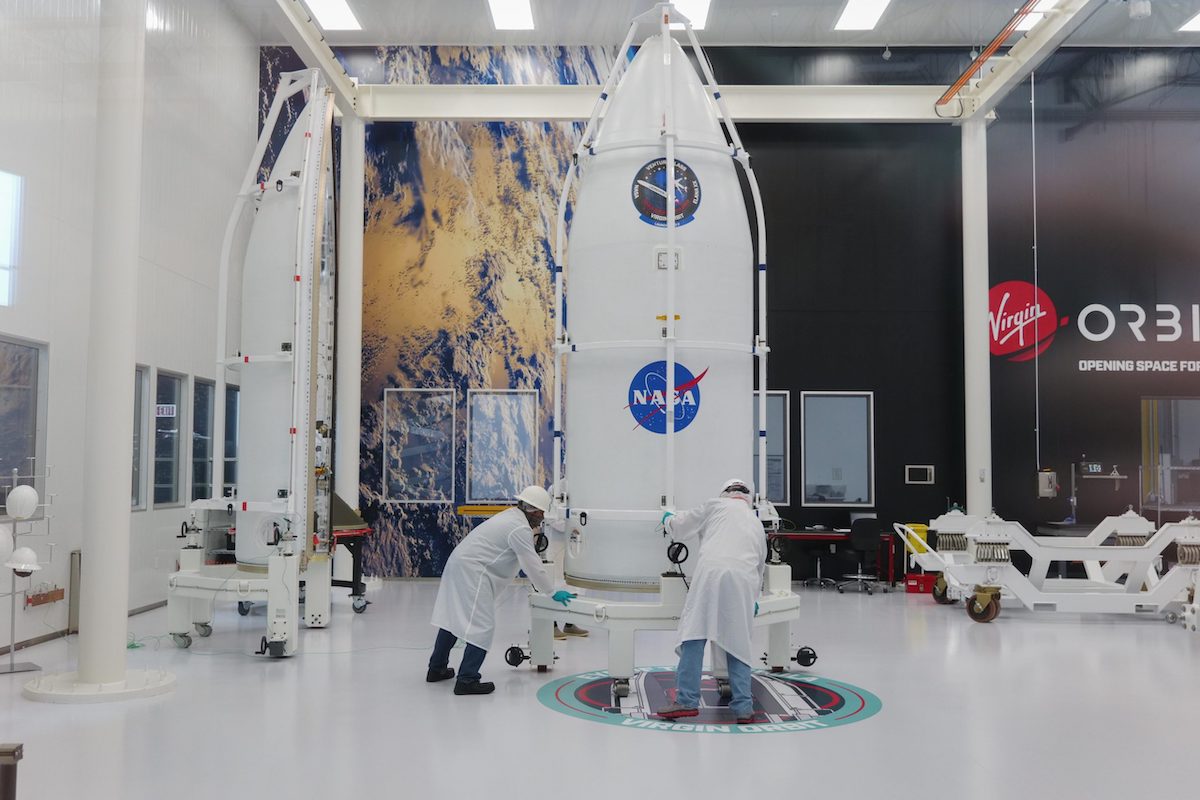
Virgin Orbit and Rocket Lab teams are gearing up for their first missions of the year in the coming days, with Virgin’s air-launched rocket set for its second demonstration flight and Rocket Lab’s Electron booster poised to launch a small German-owned communications satellite.
The second test flight of Virgin Orbit’s air-dropped LauncherOne vehicle is scheduled no earlier than Wednesday, Jan. 13. Ten CubeSats from U.S. universities and a NASA research center are aboard the rocket, which will be released from Virgin Orbit’s Boeing 747 carrier aircraft over the Pacific Ocean off the coast of Southern California.
Rocket Lab’s first flight of 2021 is scheduled for a 10-day window opening Saturday, Jan. 16. A two-stage Electron launcher will carry a European tech demo satellite into orbit from Rocket Lab’s base in New Zealand for OHB Group, an aerospace company based in Bremen, Germany.
Virgin Orbit, part of Richard Branson’s Virgin Group, is seeking to prove out its commercial LauncherOne rocket after its first orbital launch attempt in May failed seconds after dropping from the 747 jumbo jet. The company said a break in a liquid oxygen feed line to the LauncherOne’s first stage engine caused the failure a few seconds after the engine ignited.
The LauncherOne vehicle can deliver up to 1,100 pounds (500 kilograms) of payload to a low-altitude equatorial orbit, or up to 661 pounds (300 kilograms) to a 310-mile-high (500-kilometer) polar orbit, according to Virgin Orbit.
Virgin Orbit is seeking to join Rocket Lab as the only companies in a new wave of privately-funded smallsat launch providers to successfully place a payload into orbit. Astra, another launch startup, successfully launched a rocket into space from Alaska last month, but the upper stage shut down prematurely just shy of orbital velocity.
Rocket Lab successfully reached orbit for the first time in 2018. The company’s Electron rocket family has launched 17 times to date, with two failures, deploying nearly 100 small satellites for commercial clients, NASA, and the U.S. military.
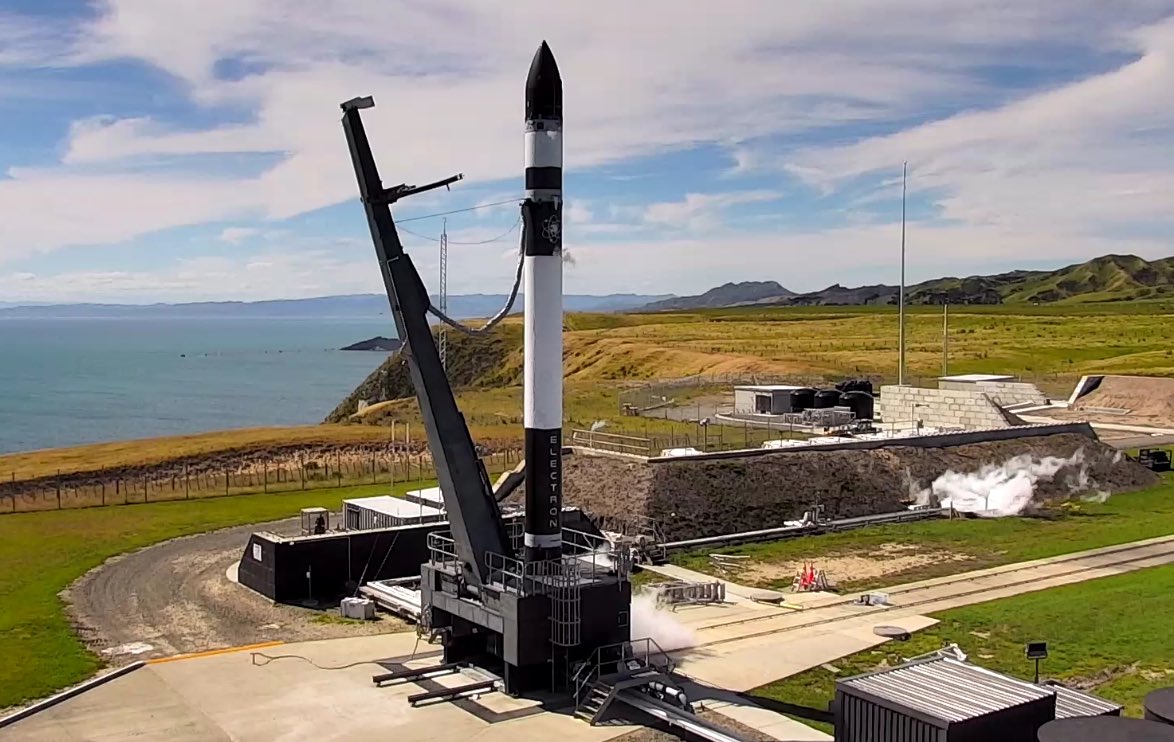
The 18th Electron launch, set for no earlier than Jan. 16, will loft a small communications satellite for OHB.
The seven-minute launch window Jan. 16 opens at 2:38 a.m. EST (0738 GMT), according to Rocket Lab. The mission will take off from Launch Complex 1A at Rocket Lab’s privately-run spaceport on Mahia Peninsula, located on the North Island of New Zealand.
Rocket Lab is headquartered in Long Beach, California, but performs final rocket assembly and launch operations in New Zealand. Later this year, Rocket Lab plans to launch its first mission from a new facility at the Mid-Atlantic Regional Spaceport in Virginia, and will send a small NASA-funded spacecraft to the Moon.
Teams at Rocket Lab’s launch base in New Zealand are also completing construction of Launch Complex 1B near the company’s first launch pad. The company says the first launch from the new pad in New Zealand is also scheduled later this year.
Rocket Lab has nicknamed first mission of 2021 “Another One Leaves the Crust.”
OHB Group, which builds small and medium-sized satellites, procured the launch from Rocket Lab through its subsidiary OHB Cosmos, according to Rocket Lab.
The payload from OHB is a “single communication microsatellite that will enable specific frequencies to support future services from orbit,” Rocket Lab said in a statement. OHB and Rocket Lab have released no additional details about the satellite, which was built by OHB divisions in Germany, Sweden, and the Czech Republic.
Peter Beck, Rocket Lab’s founder and CEO, said the launch will take place within six months of the contract signing with Rocket Lab and OHB, a relatively fast turnaround for a launch service agreement.
“By flying as a dedicated mission on Electron, OHB and their mission partners have control over launch timing, orbit, integration schedule, and other mission parameters,” Beck said in a statement.
Rocket Lab does not plan to recover the Electron’s first stage booster on the mission set for Jan. 16. The company retrieved an Electron first stage for the first time following a launch in November, an initial step in eventually reusing Electron boosters to increase Rocket Lab’s launch rate.
Rocket Lab’s seven Electron flights in 2020 set a record for the company, which says it has a “packed” launch schedule from three pads in 2021.
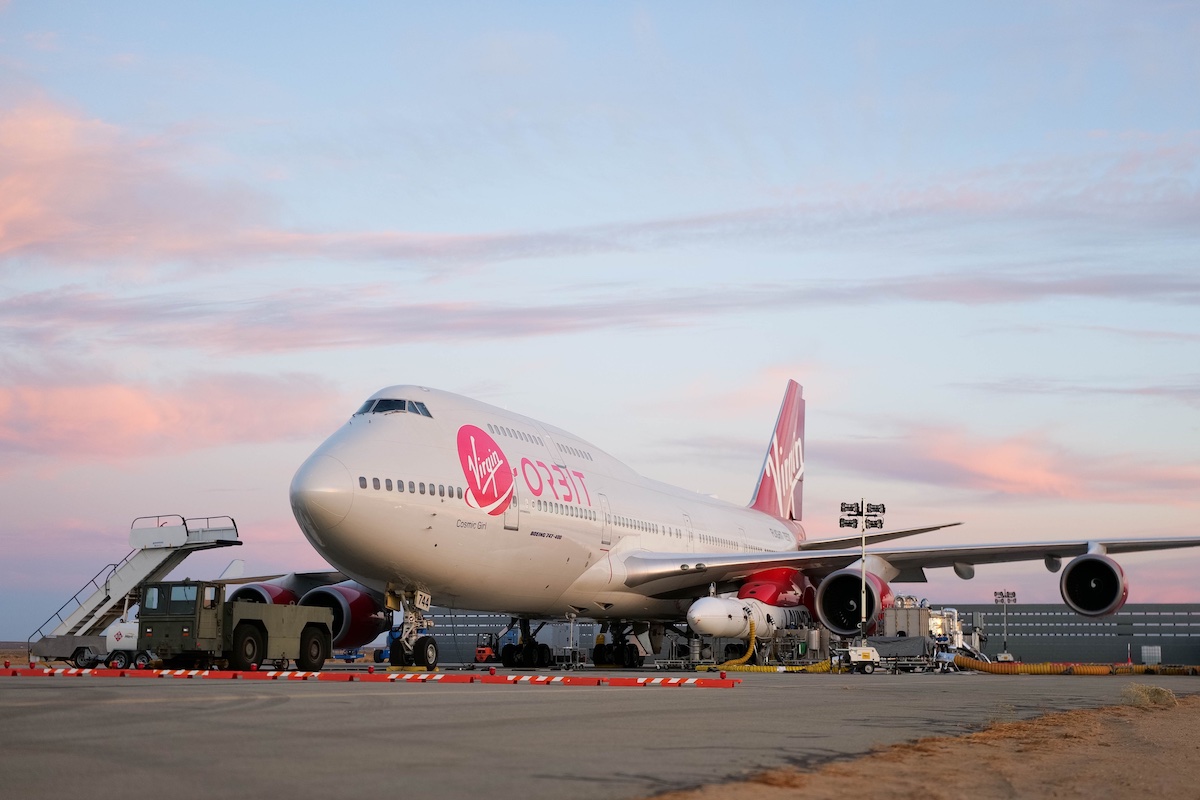
Virgin Orbit, meanwhile, is seeking to join Rocket Lab in the small satellite launch market.
A dedicated launch on Virgin Orbit’s LauncherOne rocket sells for about $12 million, according company managers. Rocket Lab’s Electron rocket, which has a somewhat lower lift capacity than Virgin’s LauncherOne, is priced at about $7 million per mission.
The effort to develop the LauncherOne rocket began as a project of sister company Virgin Galactic, which focuses on the suborbital space tourism market.
Virgin Galactic says it first studied the LauncherOne concept in 2007, and development began in earnest in 2012. Engineers in 2015 scrapped initial plans to drop the rocket from Virgin Galactic’s WhiteKnightTwo carrier aircraft, and kicked off development of a redesigned system using a 747 jumbo jet taken from Virgin Atlantic’s commercial airline fleet.
Based in Long Beach — near Rocket Lab’s corporate headquarters — Virgin Orbit was established in 2017 as a spinoff of Virgin Galactic. Virgin Orbit’s investors include Branson’s Virgin Group and Mubadala, Abu Dhabi’s sovereign wealth fund.
Virgin Orbit’s first demonstration launch in May carried a small spherical satellite named Starshine 4, a passive payload covered in 1,000 small mirrors polished by students through an educational program nearly two decades ago.
The 40-pound (18-kilogram) Starshine 4 satellite was supposed to launch on space shuttle mission, but it got bumped after other payloads took priority as the final shuttle flights focused on completing the International Space Station.
The Starshine 4 payload got a free launch on Virgin Orbit’s first test flight, but the satellite never made it to orbit.
NASA is the customer for the second LauncherOne test flight, which Virgin Orbit calls “Launch Demo 2.” Virgin Orbit delayed the mission from December due to concerns related to the coronavirus pandemic.
The U.S. space agency signed a contract with Virgin Galactic, Virgin Orbit’s previous parent company, in 2015 through the Venture Class Launch Services program. NASA established the VCLS program to provide rides to orbit for small research nanosatellites, and help give business to startup companies developing smallsat launchers.
Rocket Lab also received a VCLS contract in 2015. The launch provider successfully completed the VCLS mission in December 2018, when an Electron mission delivered 13 NASA-sponsored CubeSats to orbit.
The 10 CubeSats aboard Virgin Orbit’s Launch Demo 2 mission were built by university students in California, Colorado, Florida, Louisiana, Maryland, Michigan, Tennessee, and Utah. NASA is paying for the launch of the university-built CubeSats.
Another NASA CubeSat mission, named TechEdSat 7, from the agency’s Ames Research Center is also aboard the LauncherOne rocket.
Email the author.
Follow Stephen Clark on Twitter: @StephenClark1.

